Description
Product Description
Control model 9905-144 is a speed control from Woodward’s 2301A series. This control is a low-voltage and forward-acting model. The setting of the actuator potentiometer for voltage is different on the forward acting control than on the reverse; the forward acting controls actuator voltage should be set ten percent higher than whatever the voltage for the rated speed was read at. In reference to the rated speed, preliminary settings for this potentiometer should be set to the absolute minimum; this means the potentiometer will be sitting fully counterclockwise on your control.
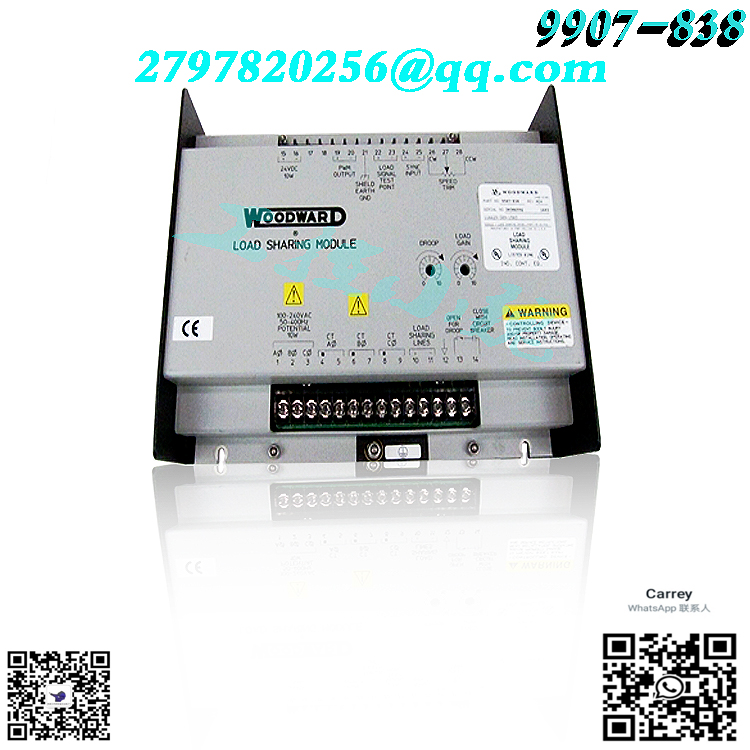
If using an SPM (speed and phase matching) synchronizer, connect the wires to terminals twenty-five and twenty-six, the positive lead must be connected to terminal twenty-five, and the negative lead must be connected to terminal twenty-six, then using a shielded wire, connect to terminal twenty-seven. It is important to note that the shield should never be connected to the synchronizer. Please advise that the SPM synchronizer is not required for the 9905-144 control to function it is only optional.
.jpg)
Be advised that during the operation of the prime mover and the 9905-144 control, if an error occurs, take caution and make an emergency shutdown of the prime mover; doing so prevents property damage and runaway of the prime mover. It is highly recommended that with the operation of the prime mover and control, an external overspeed shutdown device should be used to assist with the shutdown if the prime mover begins to overspeed; overspeeding of the prime mover can result in a runaway and injury.
Frequently Asked Questions about 9905-144
What are the elements needed alongside the 9905-144 control when operating a prime mover?
Other than the 9905-144, when operating a prime mover, a speed-sensing device, such as an MPU, is required, along with an external power source that operates on 10 to 40 VDC or 12 W, and a proportional actuator that will be used to position the steam- or fuel-metering device. All of these elements together allow for the attached prime mover to be controlled without any potential faults or errors occurring.
What is the difference between this model, which is forward acting compared, to a reverse-acting model such as 9905-146?
The main difference between forward-acting and reverse-acting models is that reverse-acting controls can operate additional Woodward models, such as EGB governors or actuators. Another main difference between the two systems is that reverse-acting systems require more fuel when the current on the actuator decreases; if a complete loss of signal occurs on the actuator, the actuator will automatically turn to full fuel. Due to limited information, it can be difficult to find out how the forward-acting models operate, although it should be fairly self-explanatory leading to the lack of information.
9905-144 2301A LV, Forward Acting Speed Contro The 2301A Full Authority Speed Control sets the speed or load of a diesel engine, gas engine, steam turbine, or gas turbine according to the demand of a process or a computer control signal of 4–20 mA or 1–5 Vdc. FEATURES & FUNCTIONALITY The 2301A Load Sharing and Speed Controls are designed for use in electric generator systems where multi-unit load sharing is desired. 2301A controls may be used with diesel, gas or gasoline engines, or steam or gas turbines. Applications: Requiring droop and/or isochronous speed control Either in forward- or reverse-acting models In single or tandem actuator installations With accelerating or decelerating ramp In multiple speed ranges Features: 4–20 mA or 1–5 Vdc full authority speed setting Isochronous or droop speed control Low- and highvoltage models Signal converter included in same control package High and low speed adjustments
.jpg)
Model recommendation:
WOODWARD 9905-969


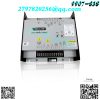
-100x100.jpg)
-100x100.jpg)
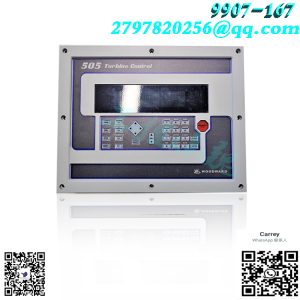
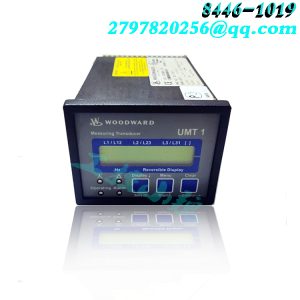
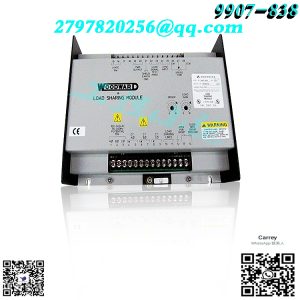
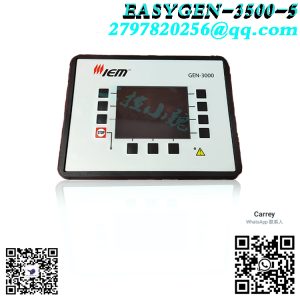
Reviews
There are no reviews yet.